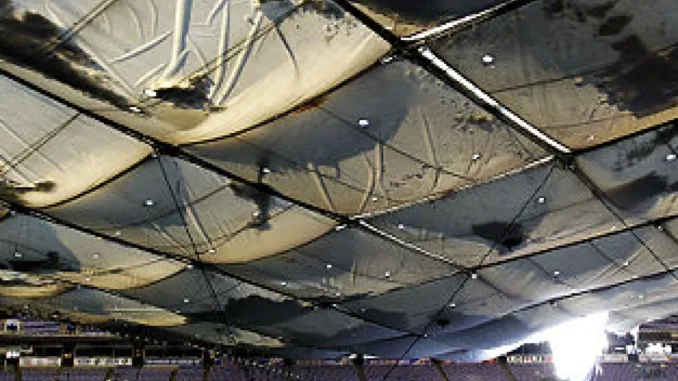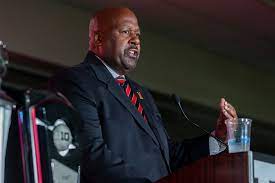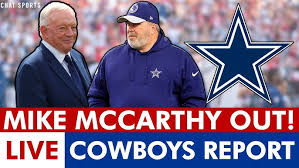
Sad News:Philadelphia Eagles’ Stadium on the Brink: Concerns Rise After Partial Collapse at Lincoln Financial Field, leaving fans and officials wondering what’s next for the iconic venue…see more
In an unprecedented turn of events, the Philadelphia Eagles’ home, Lincoln Financial Field, has been at the center of a crisis after a partial collapse of the stadium raised serious concerns about the structure’s safety and the potential future of the iconic venue. The incident has left both fans and officials in disbelief, as the stadium has long been known as one of the most storied and reliable venues in the NFL. But now, this once-proud stadium is facing scrutiny, and its future remains uncertain.
The Collapse: A Shocking Moment for Fans
The incident took place during a routine day of maintenance at Lincoln Financial Field, with no scheduled events occurring at the time. Early reports indicated that a section of the upper deck, located in the southeast corner of the stadium, suddenly gave way, sending debris onto the lower concourse. Fortunately, no one was inside the stadium during the collapse, as it occurred outside of normal operating hours.
However, the images and video footage that quickly circulated social media were nothing short of harrowing. The damage was significant, and many observers were shocked by the apparent structural failure of a venue that had hosted the Eagles through countless seasons, including their 2018 Super Bowl victory. For Philadelphia fans, the stadium has been more than just a place to watch games; it is a symbol of their team’s identity, an integral part of the city’s sports culture.
“We never thought something like this could happen here,” one Eagles fan remarked. “This stadium has seen so many highs and lows. It’s been the heart of our city for years. To see it damaged like this is… it’s unsettling.”
The Initial Investigation and Structural Concerns
Following the collapse, structural engineers and city officials quickly descended on the scene to assess the damage and determine the cause of the failure. Preliminary reports suggest that the collapse was the result of a combination of factors, including age-related wear and tear, poor maintenance practices, and possibly undetected structural weaknesses that may have been building over time.
Lincoln Financial Field, which opened its doors in 2003, was designed to be a modern, state-of-the-art facility. But like all structures, it has aged over time. While stadiums typically undergo regular inspections and maintenance to ensure their safety, the recent failure has raised questions about whether enough attention has been paid to the long-term upkeep of the facility.
“The collapse was not a result of any single factor,” said one engineering expert involved in the investigation. “It’s likely the culmination of years of neglect or possibly underestimation of the stadium’s need for more extensive repairs. The age of the stadium, combined with ongoing wear from the high traffic of sporting events, concerts, and other large gatherings, may have contributed to this disaster.”
As of now, a full investigation is underway, with city officials, engineers, and contractors working together to pinpoint the exact cause. The immediate concern, however, is the safety of the stadium and whether further deterioration could lead to more severe structural issues.
Impact on the Eagles and Their Fans
While the immediate concern is safety, the long-term ramifications of this collapse could dramatically affect the Eagles and their future in Philadelphia. With Lincoln Financial Field out of commission for the foreseeable future, the Eagles now face the daunting task of finding a temporary home for their games. The team has already begun exploring options, including the possibility of playing at a nearby venue or, in the worst case, relocating to a neutral site while repairs are made.
For the Eagles’ front office, this is a logistical nightmare. Not only do they have to deal with the fallout from the collapse, but they also need to figure out how to maintain a sense of normalcy for their fans.
“We are doing everything in our power to make sure the team can continue playing this season and that our fans can still experience Eagles football,” said Eagles owner Jeffrey Lurie in a statement. “We understand this is a difficult time, and we are committed to ensuring the safety of everyone involved. We are working closely with engineers and local authorities to get a better understanding of the situation.”
While fans were initially concerned about whether games would be played at all, Lurie’s statement reassured many that the team was already working toward a solution. But the uncertainty of the situation is a blow to a passionate fanbase that has supported the team through thick and thin.
“Philadelphia sports fans are some of the most loyal in the world,” said one longtime Eagles supporter. “But this is bigger than football. It’s about the place where we’ve made memories, where we’ve watched incredible moments unfold. Losing that, even temporarily, feels like losing a piece of our identity.”
A New Era of Stadium Safety
The collapse of Lincoln Financial Field is raising broader questions about the safety and sustainability of NFL stadiums, many of which are aging and in need of significant updates. As the sports world grapples with this incident, there is a growing consensus that stadiums built in the late 20th and early 21st centuries may require more extensive renovations than originally anticipated.
“I think what we’re seeing here is a warning sign for the entire industry,” said a sports facility consultant. “Many NFL stadiums are now over two decades old, and while they’ve undergone renovations and upgrades over the years, this collapse underscores the need for continued vigilance. NFL teams and municipalities need to think long-term about the maintenance and structural integrity of these iconic buildings.”
This incident may serve as a catalyst for other NFL teams to reassess the condition of their own stadiums. Many teams have already invested in high-tech renovations and modernization projects, but as more venues approach their 20-year anniversaries, the conversation about infrastructure maintenance is bound to grow louder.
The Road Ahead
As the investigation continues and the Eagles’ immediate future is uncertain, the city of Philadelphia and the team are faced with an incredibly difficult situation. The repair process for Lincoln Financial Field could take months or even years, depending on the extent of the damage, and the financial costs will be significant. In the meantime, the Eagles must adjust to playing without their home field, and fans must cope with the uncertainty surrounding the team’s future home.
Despite the chaos, there remains hope. The Eagles’ rich history and the resilience of their fanbase could carry them through this challenging time, but one thing is clear: Lincoln Financial Field’s legacy will be forever marked by this unfortunate incident. Whether it can be fully repaired or whether a new stadium will eventually replace it remains to be seen, but what is certain is that the collapse of Lincoln Financial Field has altered the landscape of Philadelphia Eagles football forever.




Be the first to comment